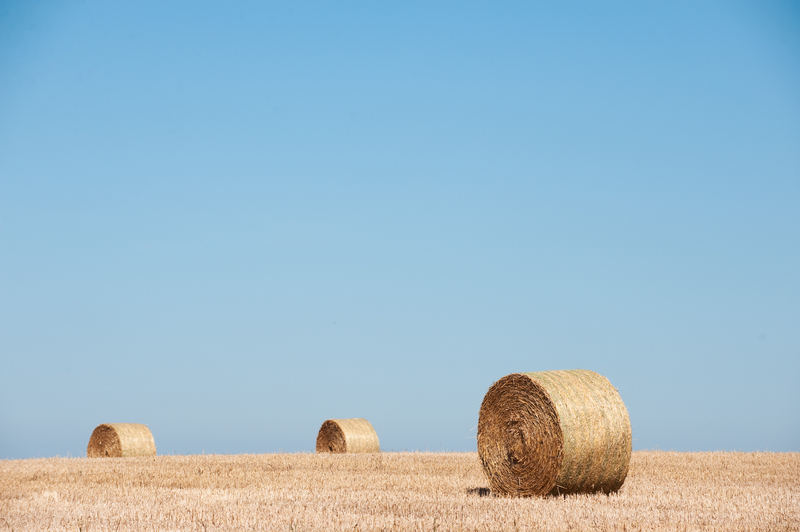Food and the Bioeconomy

Dr. Christian Patermann
The relevance of biological resources, like plants, animals, micro-organisms and insects for the production and processing of Food and Feed is evident, and herewith both elements play an indispensable role for combating hunger, open and hidden hunger, feeding our planet, one of the main societal global challenges of today.
But the role of food and feed with respect to be the prime product of agriculture in the context of a Bioeconomy shows additional aspects than just feeding people: How can it be done in a sustainable way, how can it be done in a resources efficient way, taken into account limits of water and soil use and minimize negative environmental effects, like GHG’s or toxicity?
It was the discussion on the Bioeconomy which recently sharpened the eyes towards increase of yields – in a sustainable way - but also with respect to pre- and post harvest losses, which demonstrate an enormous reservoir of potentials for better use of resources. The notion of value chain, one of the prime features of the Bioeconomy, was first developed in the area of food and feed, thus opening also the eyes for a stronger involvement of the end- users, the consumers, each one of us! And this was intrinsinctly linked with the necessity to cope with socio-economic aspects more than in other areas, including the need to discuss their acceptance, and this led to a stronger attention to the need to address new ways of communication along value chains with a highly diversified bunch of unusual stakeholders.
But there is another very important feature in the area of food and feed which makes these 2 F’s different from Fibre and Fuel, if we stay in this nomenclatura: Their unique closeness to health and medical RTDI. The definition of the Bioeconomy worldwide is, as many know, not congruent: the USA, the OECD and some selected regions also include human health and medicine in their Bioeconomy activities. Food and Feed clearly represent the bridge to animal welfare and human health more than for example the production of biomass for platform chemicals like acryl or succinic acid. Thus healthy food and healthy animals will become more and more relevant all over the world with the growing development of the so-called middle classes, in particular in Asia, and, that is strongly neglected in all discussions, with respect to the growing trends towards urbanization! Here I talk about Mega Cities and huge pre – and urban agglomerations. Agricultural Ministers tend to exclusively stress the need to pay attention towards rural areas, but reality is different: the challenge will be to also assure a sustainably and healthy feeding of huge urban agglomerations with particular challenges towards food security, food safety, logistics, freshness, preventing diseases and last but not least also assure at least a little bit of fun for eating and drinking!
Here no silver bullets are existing, but it is the unique chance of the Bioeconomy to offer new solutions by combining new knowledge on food, feed, logistics, information, storage, freshness, dietary habits on the ground of societal developments, special knowledge on special ethnic groups and their demands and last but not least look on particular “ pressure “ groups, like canteen food, healthy kindergarden snacks, aging society, hospital food etc. Undoubtedly fish and aquatic products will play here a growing role. Again: the silver bullet will not be presented, but a more intensively practiced use of biological resources combined with knowledge from information and communication technologies, from nanotechnochnolgy and cognitive sciences might offer new and maybe better solutions for Health, Environment and Well-being. Here the potentials are differently spread around the globe. Some countries can feed 30 or even more times more people than their present inhabitants, for example in the Americas , others will import , and a strong group of countries have not yet started to understand their own potentials, in particular in Africa.
And a last, more defensive point: Food and Feed availability might be jeopardized by climate and so-called global changes: the biobased economy might assist in better understanding and sucessefully coping with this vulnarability, which will differ from region to region, as climate research teaches us today.
Too complex or complicated? Don’t surrender, but attack, it is worthwhile.
In the autumn of 2014, the Nordic Council of Ministers invited a group of leading players from across the Nordic Region to discuss their visions for the future of Nordic food. This essay formed part of this initiative #Nordicfood2024